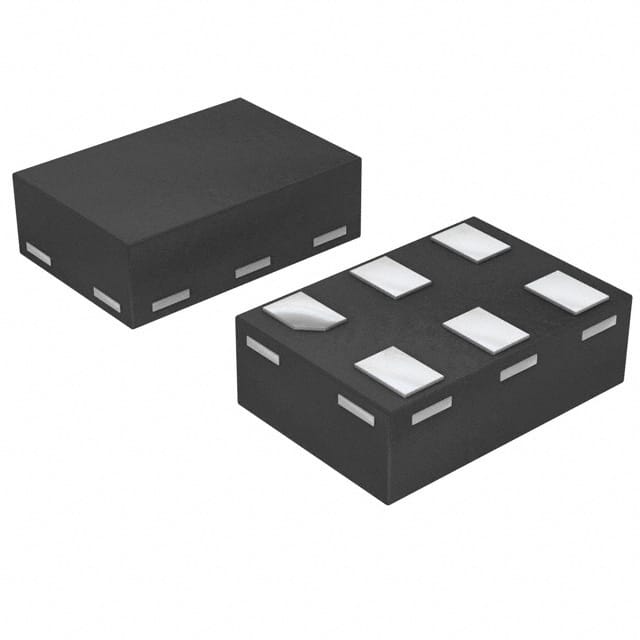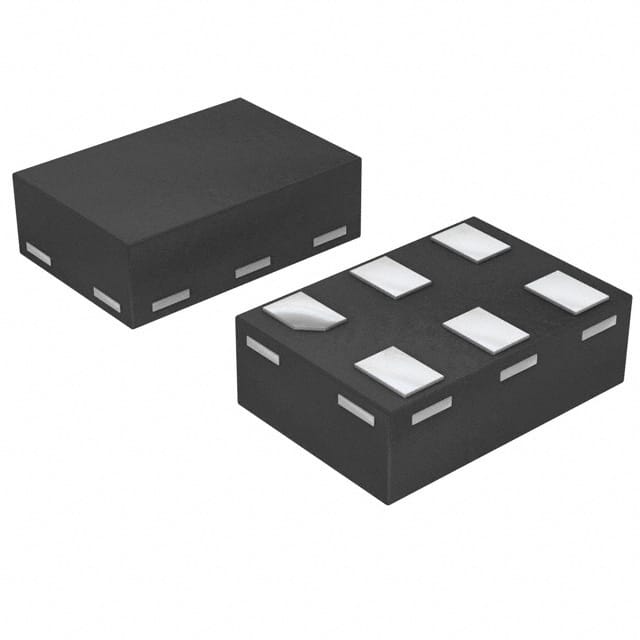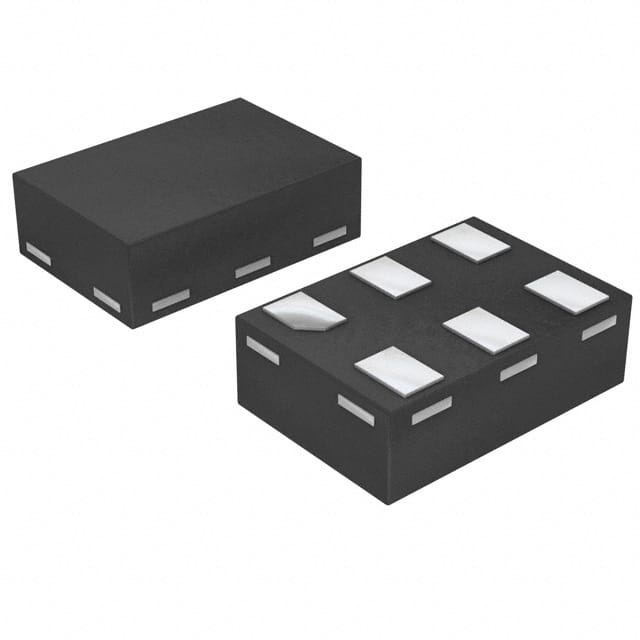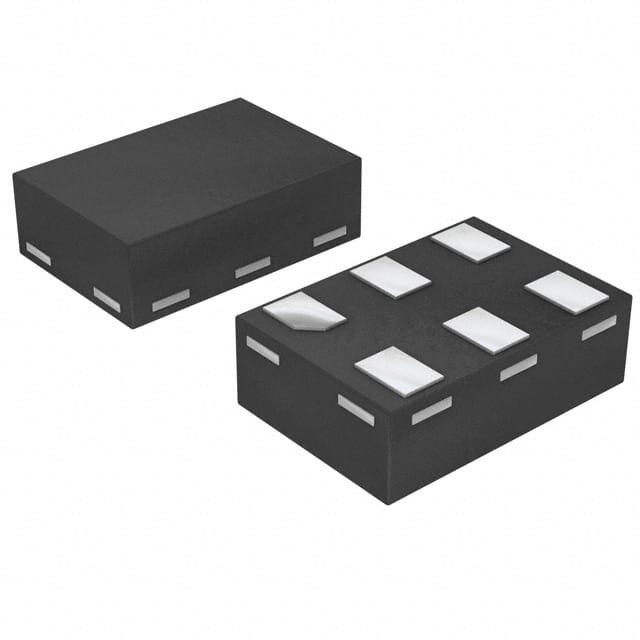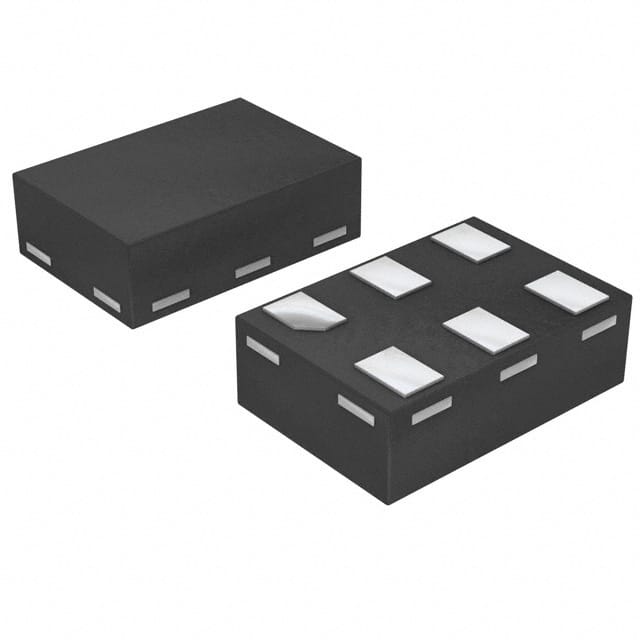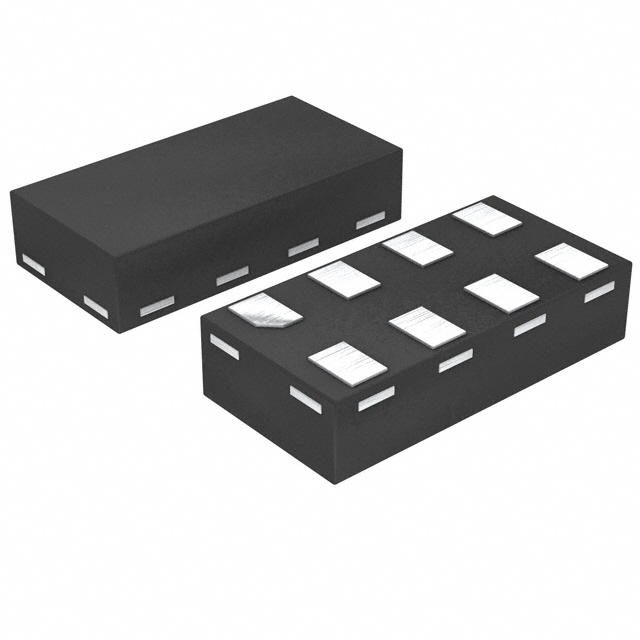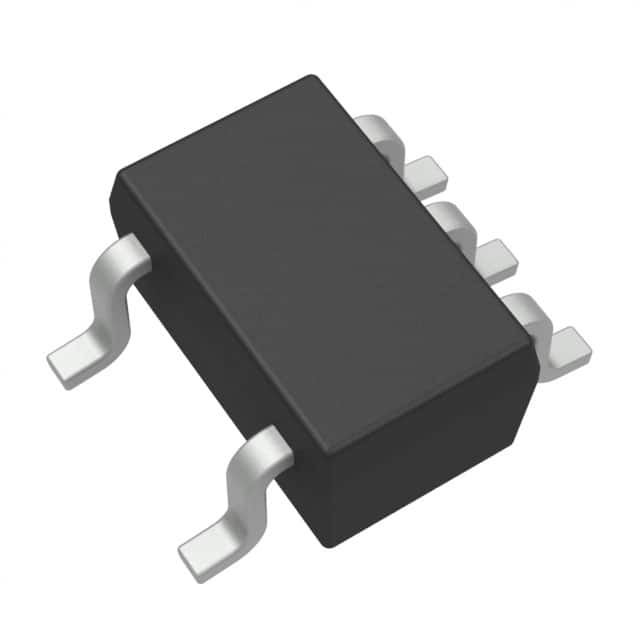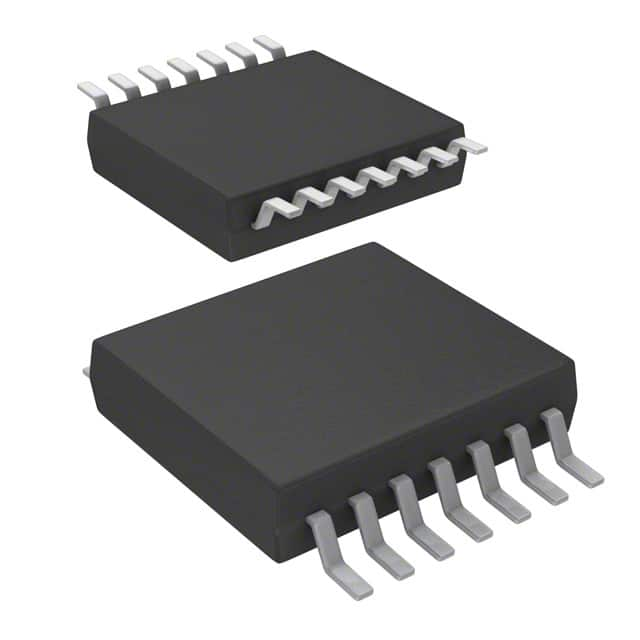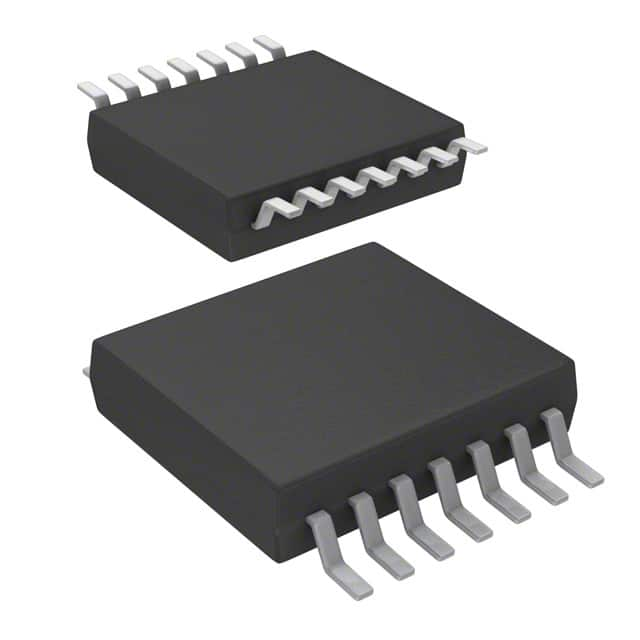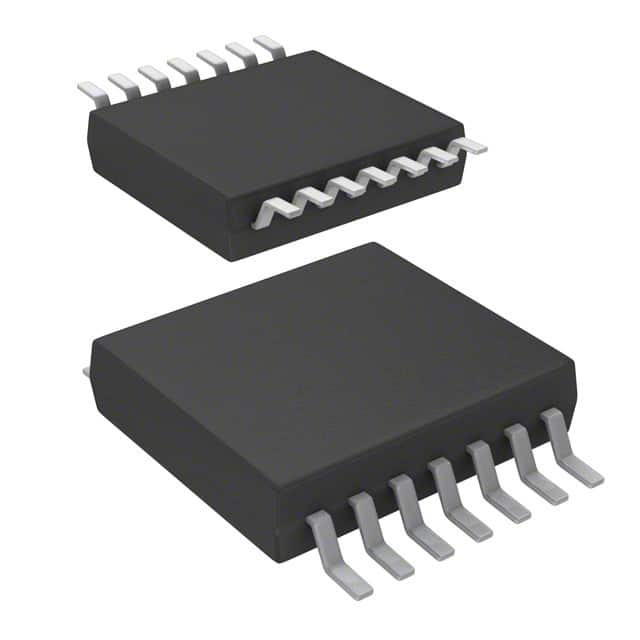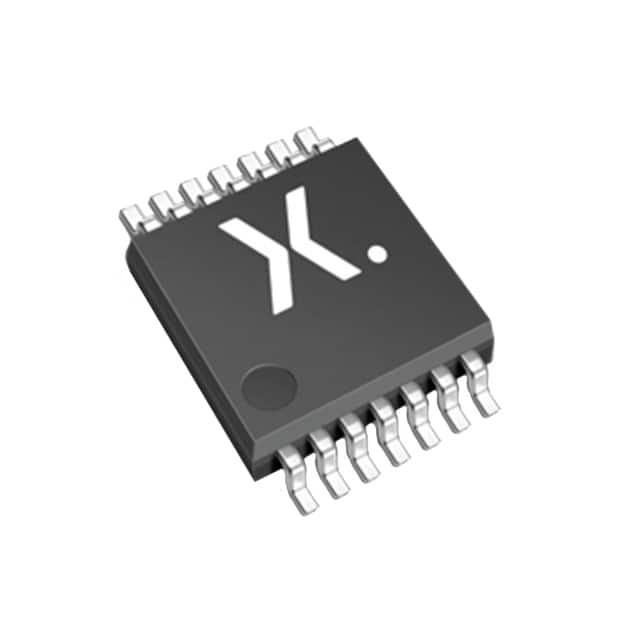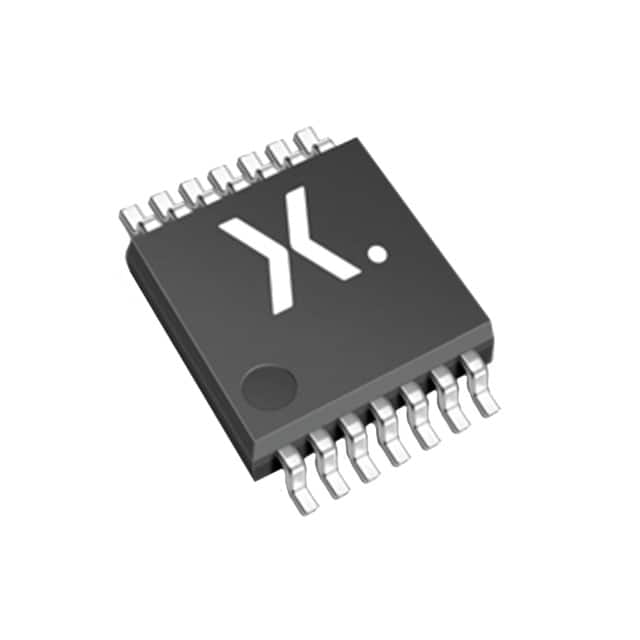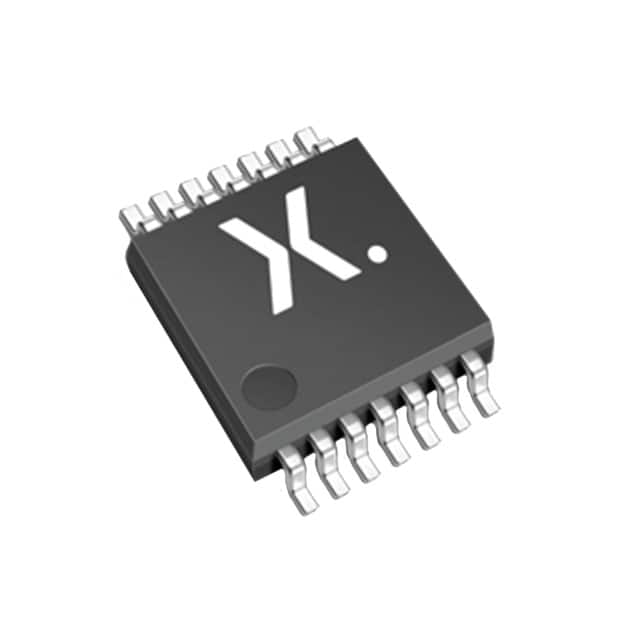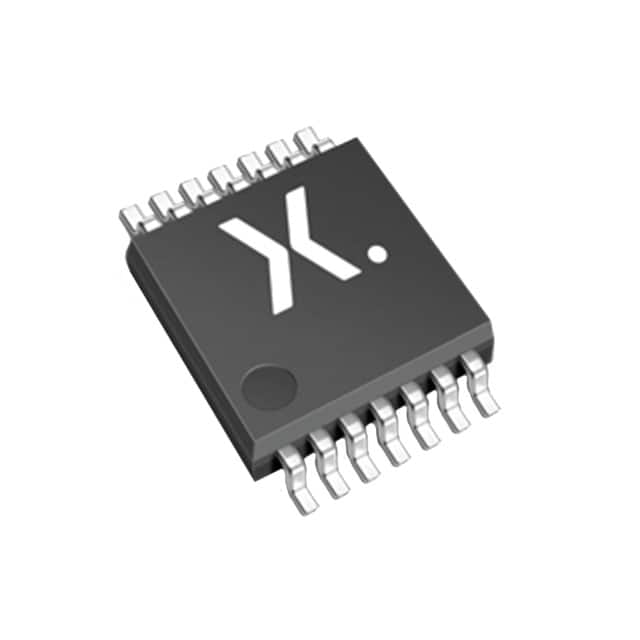74LVC1G08GM-Q100X Product Introduction:
Nexperia USA Inc. Part Number 74LVC1G08GM-Q100X(Logic - Gates and Inverters), developed and manufactured by Nexperia USA Inc., distributed globally by Jinftry. We distribute various electronic components from world-renowned brands and provide one-stop services, making us a trusted global electronic component distributor.
74LVC1G08GM-Q100X is one of the part numbers distributed by Jinftry, and you can learn about its specifications/configurations, package/case, Datasheet, and other information here. Electronic components are affected by supply and demand, and prices fluctuate frequently. If you have a demand, please do not hesitate to send us an RFQ or email us immediately sales@jinftry.com Please inquire about the real-time unit price, Data Code, Lead time, payment terms, and any other information you would like to know. We will do our best to provide you with a quotation and reply as soon as possible.
Introducing the 74LVC1G08GM-Q100X, a cutting-edge product from Nexperia USA Inc. that is set to revolutionize the electronics industry. This advanced logic gate is designed to provide high-speed performance and exceptional reliability, making it the perfect choice for a wide range of applications.
One of the standout features of the 74LVC1G08GM-Q100X is its low-voltage CMOS technology, which allows for seamless integration with other components and ensures efficient power consumption. With a wide operating voltage range of 1.65V to 5.5V, this logic gate offers flexibility and compatibility with various systems.
The 74LVC1G08GM-Q100X also boasts a high-speed operation, with a propagation delay of just 3.5ns at 3.3V. This enables rapid data processing and enhances overall system performance. Additionally, the device has a high output drive capability, making it suitable for driving various loads.
This versatile logic gate finds application in a multitude of fields, including consumer electronics, automotive systems, industrial automation, and telecommunications. Whether it's used in smartphones, automotive control units, or industrial sensors, the 74LVC1G08GM-Q100X delivers exceptional performance and reliability.
In summary, the 74LVC1G08GM-Q100X from Nexperia USA Inc. is a game-changing logic gate that combines high-speed operation, low-voltage CMOS technology, and wide compatibility. With its outstanding features and broad application fields, this product is set to redefine the electronics industry.
Gates are an important part of the transistor in the integrated circuit, especially in the field effect transistor (FET) plays a role in controlling the current interruption. By interacting with the insulation layer between the channel, it uses the electric field effect to regulate the carrier concentration in the channel, and then controls the current flow between the source and the drain electrode. The inverter is a logic electronic device that is mainly used to reverse the logic state of the input signal, that is, from a high level to a low level, or from a low level to a high level. In digital logic circuits, the inverter is often implemented as a NOT gate, which is carefully designed by multiple transistors (such as PMOS and NMOS pairs in CMOS technology), and realizes the logical reversal of the signal by controlling the switching state of the transistor. Together, they form the basis of logic circuits and demonstrate the high flexibility of integrated circuits in signal processing and control.
Application
Gates, as key components of transistors, are widely used in various integrated circuits, especially in core components such as microprocessors, memory, sensors, etc. They are the foundation for implementing complex logic functions and high-performance computing. Inverters play an important role in digital circuit design, communication systems, power management, and other fields. Through their logic inversion function, they support signal shaping, amplification, isolation, and timing control requirements. In various fields such as consumer electronics, automotive electronics, industrial automation, and data centers, gates and inverters are indispensable electronic components that help devices achieve efficient and accurate signal processing and control, promoting technological progress and industrial upgrading.
FAQ about Logic - Gates and Inverters
-
1. What is a logic gate in an IC?
A logic gate in an IC is an electronic component used to perform logic operations. Logic gates are often used to implement basic logic functions such as AND, OR, NOT, etc., and are the basic building blocks in digital circuits.
The working principle of the logic gate is based on the properties of semiconductor materials, especially PN junctions. When a voltage is applied between the source and the drain, current will not flow through this barrier without a gate voltage. However, when an appropriate voltage is applied to the gate, it changes the electric field distribution at the PN junction, allowing current to pass. In short, the gate voltage controls the flow of current from the source to the drain, which enables the transistor to be used as a switch: closed when there is no gate voltage and open when there is a gate voltage.
In integrated circuits (ICs), logic gates usually refer to field effect transistors (FETs) or metal oxide semiconductor field effect transistors (MOSFETs). These transistors have three terminals: source, drain, and gate. The source and drain are the entrance and exit of the current, while the gate is used to control the flow of current. By controlling the gate voltage, the switching control of the current in the circuit can be achieved, thereby performing various logical operations.
-
2. Why is it called an inverter?
The name inverter comes from its working principle of converting direct current into alternating current, that is, "reversing" the operation of the rectifier. The inverter was originally called an "inverter" because it converts direct current into alternating current, which is the opposite of the working principle of the rectifier.
The definition and basic function of the inverter is to convert direct current power into alternating current. It is a device that converts the power of a DC power source such as a battery or storage battery into alternating current power for use by various devices that require AC power.
The history of the inverter also reflects the origin of its name. Early inverters were devices that converted AC to DC, while modern inverters reversed the process and converted DC to AC. With the development of technology, inverters have changed from mechanical devices to devices with solid-state circuits, becoming an important part of the field of power electronics.
-
3. How many gates are there in ICs?
There are usually one or more gates in an IC, and the specific number depends on the type and design of the IC. For example, MOS tubes and transistors are common components in ICs, and they usually have one or more gates.
In a chip, a transistor is one of the most basic components. A transistor has three poles: source, drain and gate. The gate is located on the insulating layer between the source and the drain, and controls the conduction and cutoff of the channel by changing the gate voltage.
In addition, there is a special type of transistor in the flash memory chip, called a floating gate transistor, which has two gates: the control gate and the floating gate. The floating gate is located between the control gate and the channel, wrapped by an insulating layer, and can store charge, thereby realizing data storage.
 Lead free / RoHS Compliant
Lead free / RoHS Compliant



